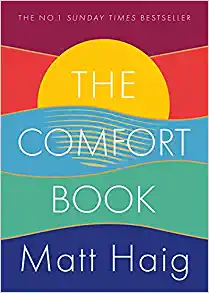In Blogging, Keep Functional Alternatives in Mind
They aren’t really the same as your product or service, but it’s important to analyze how your product or service compares to them, Jeanette McMcMurtry reminds entrepreneurs in Marketing for Dummies, referring to functional alternatives.
What are functional alternatives?
Let’s face it – there are products and services out there that aren’t exactly like the stuff you sell or the services you perform, but which lead to the same, or at least some of the same, outcomes for clients and customers.
Examples:
- For a health coach focusing on weight loss, functional alternatives potential clients might choose include diet meal delivery, dietary supplements, cosmetic “fat freezing” procedures, and personal trainers.
- For an orthopedic surgery practice, functional alternatives for potential clients include nonsurgical kinetics, psychological pain management clinics, and cryoanalgesia (using cold to block pain).
- For a fitness studio, functional alternatives include home exercise equipment sellers, yoga or pilates studios, and online fitness course providers.
- If you own a hotel, AirBnb and dimilar businesses are functional alternatives.
You need to decide how you compete with functional alternatives to your business or practice, McMurtry explains, then build action items into your marketing plan.
In blog marketing, as we know at Say It For You, content creation must be built around a thorough understanding of your target market. What are their goals? What choices do those prospects have in achieving those goals? In what way are your products/services substantially different?
Years ago, I met Jeff Bowe, owner of a private equity group called Actum. I remember him saying “When you walk into a room, everyone should know you for one thing, and that one thing needs to be very, very clear – to you and to your target audience.” In blog writing, it is crucial for business owners and professional practitioners to differentiate themselves from their functional alternatives.
Do you…do things faster? Operate at a lower cost? Make fewer errors? Offer greater comfort or less pain for the customer? Provide a more engaging experience?
In blogging, keep functional alternatives in mind!






Follow us online!